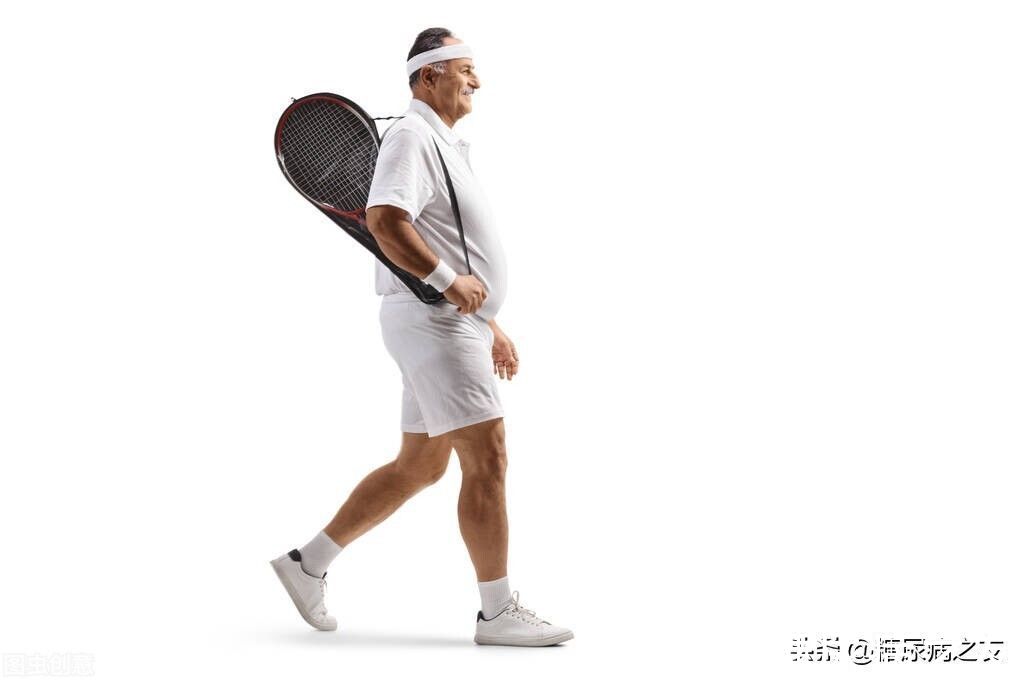
Many diabetic patients insist on walking and find that the hypoglycemic effect can only be maintained for a period of time after meals, before the next meal and before going to bed. Or when you wake up in the morning, your blood sugar is high again.
This is because walking is a kind of aerobic exercise, and the duration of its hypoglycemic effect is relatively short. Here is a trick to increase a certain amount of resistance exercise, which is more effective for maintaining long-term blood sugar control. There are benefits.
What is the effect of resistance exercise on glucose control in diabetic patients
Muscle is the main tissue involved in insulin processing of glucose. Muscles have a component called muscle glycogen, which is where we get the energy we need when exercising and exercising. However, the sugar stored in muscle glycogen is limited. Once overdrawn, sugar is obtained from the blood, and the sugar in the blood is obtained from the food people eat. Therefore, when you increase muscle, muscle glycogen is continuously consumed, and at the same time, the sugar absorbed by food digestion and absorption will replenish the lost muscle glycogen.
Resistance exercise is very useful for middle-aged and elderly diabetics to increase muscle. It is suggested that the optimal exercise regimen for patients with type 2 diabetes is a combination of aerobic exercise and resistance training.
Simple resistance exercise at home
Speaking of resistance exercise, you may think of those “muscle men” in the gym. Be sure to go to the gym, and you can do it at home. You can use some simple equipment, such as small dumbbells, mineral water bottles filled with water, etc., or perform bodyweight strength exercises, such as kneeling push-ups, half-squats, etc. Gravity creates resistance and also builds muscles.
How to practice: For example, you can do side raises with mineral water in both hands to exercise your arm muscles. Then you can take a big stride, still holding the water bottle in both hands, and do a squat stand-up to work your leg muscles. It can be repeated 10-20 times/group, 1-3 groups according to individual ability, adjust with moderate muscle fatigue. Do muscle resistance training 2-3 times a week with mild or moderate resistance.